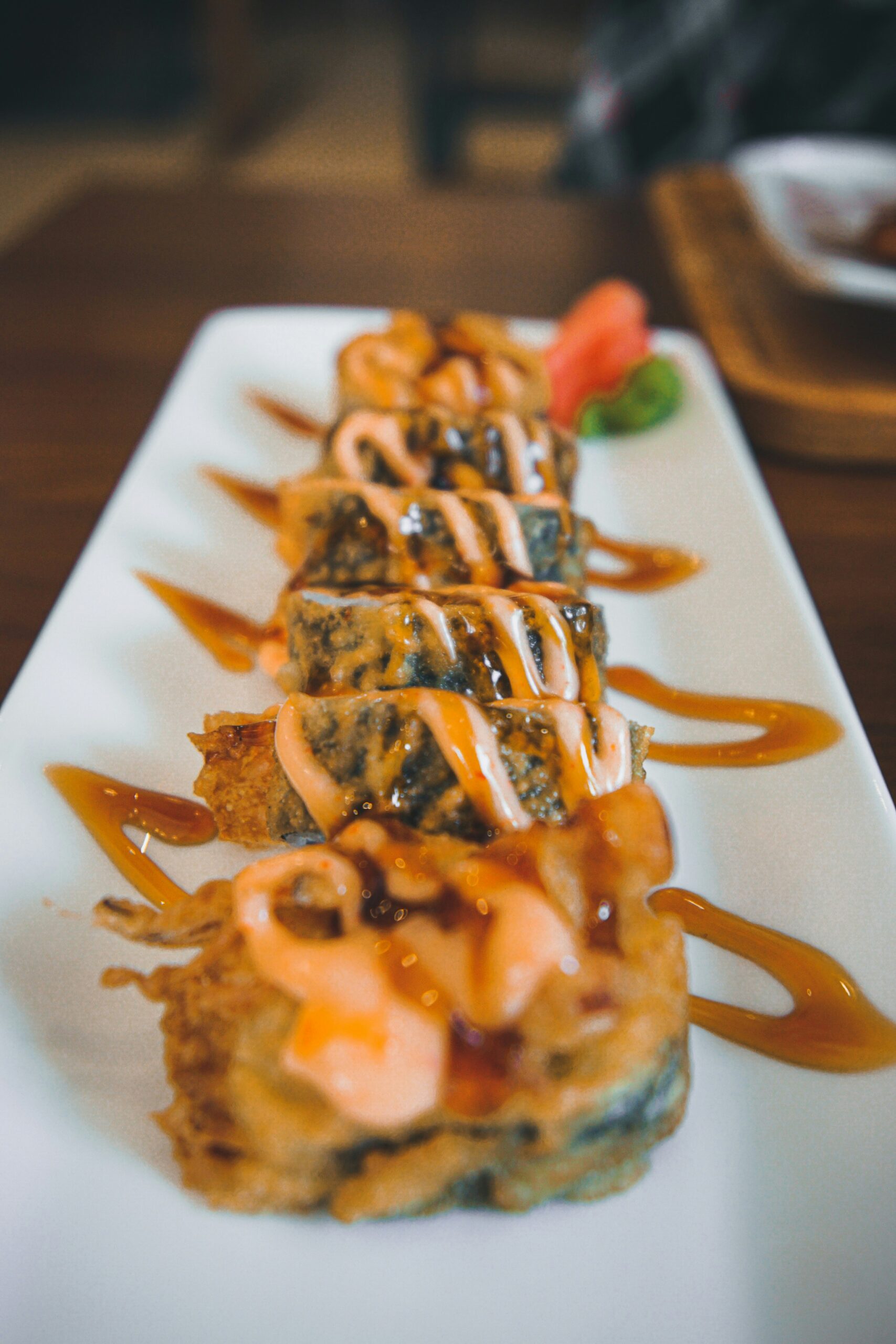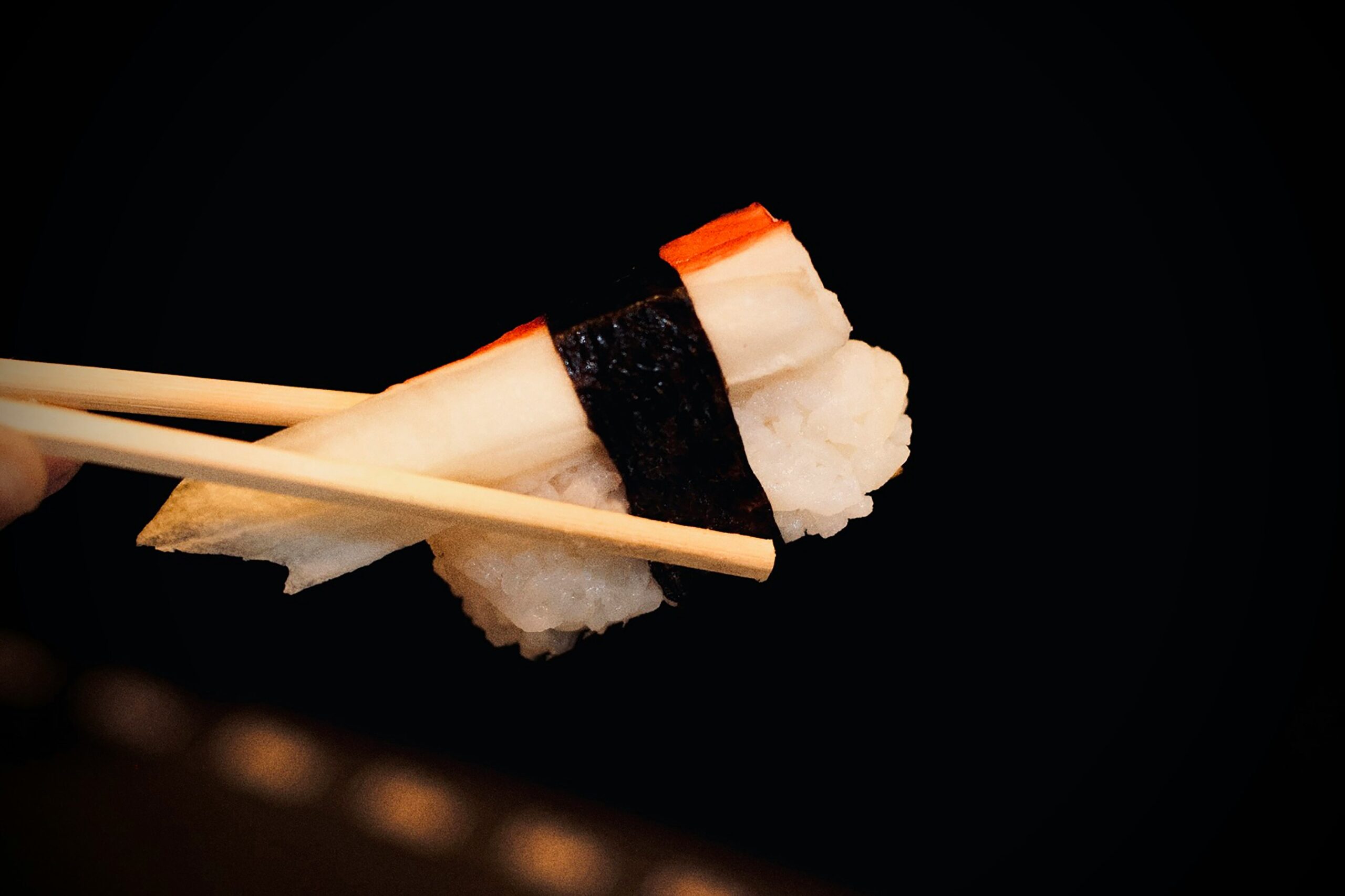Sushi, a culinary art form originating from Japan, has become a global favorite. Traditionally enjoyed in specialized restaurants, sushi is now widely available, including in grocery stores. However, many consumers remain hesitant to try grocery store sushi due to concerns about freshness and safety. It’s time to dispel these doubts and explore why grocery store sushi can be a delightful and safe option.
The Evolution of Grocery Store Sushi
Grocery stores have recognized the growing demand for convenient, high-quality sushi. In response, many have partnered with reputable sushi providers to offer freshly prepared options. For instance, chains like Kroger and Publix pride themselves on sushi made fresh daily, striking a balance between flavor and texture.
Rigorous Health Protocols Ensure Safety
One of the primary concerns about sushi is the risk associated with consuming raw fish, such as exposure to parasites and bacteria. To mitigate these risks, the U.S. Food and Drug Administration (FDA) mandates that fish intended for raw consumption be frozen to specific temperatures to eliminate parasites. Grocery Stores adhere to these guidelines, ensuring that their sushi offerings are safe for consumption.
Moreover, reputable grocery stores implement strict Hazard Analysis Critical Control Point (HACCP) plans. These plans are systematic approaches to food safety that identify, evaluate, and control potential hazards. By following HACCP protocols, grocery stores maintain high standards in sushi preparation, from sourcing ingredients to the final product.
Fresh Ingredients Enhance Quality
The quality of sushi depends heavily on the freshness of its ingredients. Many grocery stores source high-quality fish and produce to ensure their sushi meets customer expectations. For example, chains like Whole Foods Market emphasize natural and minimally processed foods, aligning with the principles of quality sushi.
In addition to sourcing fresh fish, grocery stores often employ skilled sushi chefs who prepare sushi on-site. This practice not only guarantees freshness but also allows customers to observe the preparation process, adding transparency and trust.
Convenience Without Compromise
Grocery store sushi offers unparalleled convenience. Whether you’re grabbing lunch on the go or planning a quick dinner, prepackaged sushi provides a tasty and convenient option. Stores like Wegmans have received positive feedback for their sushi offerings, with customers praising the freshness and quality.
Tips for Selecting Grocery Store Sushi:
To ensure the best experience with grocery store sushi, consider the following tips:
1. Check Preparation Dates: Opt for sushi that has been prepared the same day. Many stores label their sushi with preparation times, allowing you to choose the freshest options.
2. Observe Storage Conditions: Sushi should be stored in refrigerated sections to maintain freshness and prevent bacterial growth. Ensure that the display case is adequately chilled.
3. Assess Appearance: Fresh sushi rice should be moist but not soggy, and the fish should have a vibrant color without any off-putting odors.
4. Consider Trusted Retailers: Purchasing sushi from reputable grocery chains known for their quality standards can provide additional assurance.
Conclusion
Grocery store sushi has evolved significantly, offering consumers a convenient and safe way to enjoy this beloved cuisine. With stringent health protocols, fresh ingredients, and skilled preparation, there’s little reason to hesitate. So, the next time you’re at your local grocery store, venture to the sushi section and give it a try—you might be pleasantly surprised by the quality and flavor that await you.



